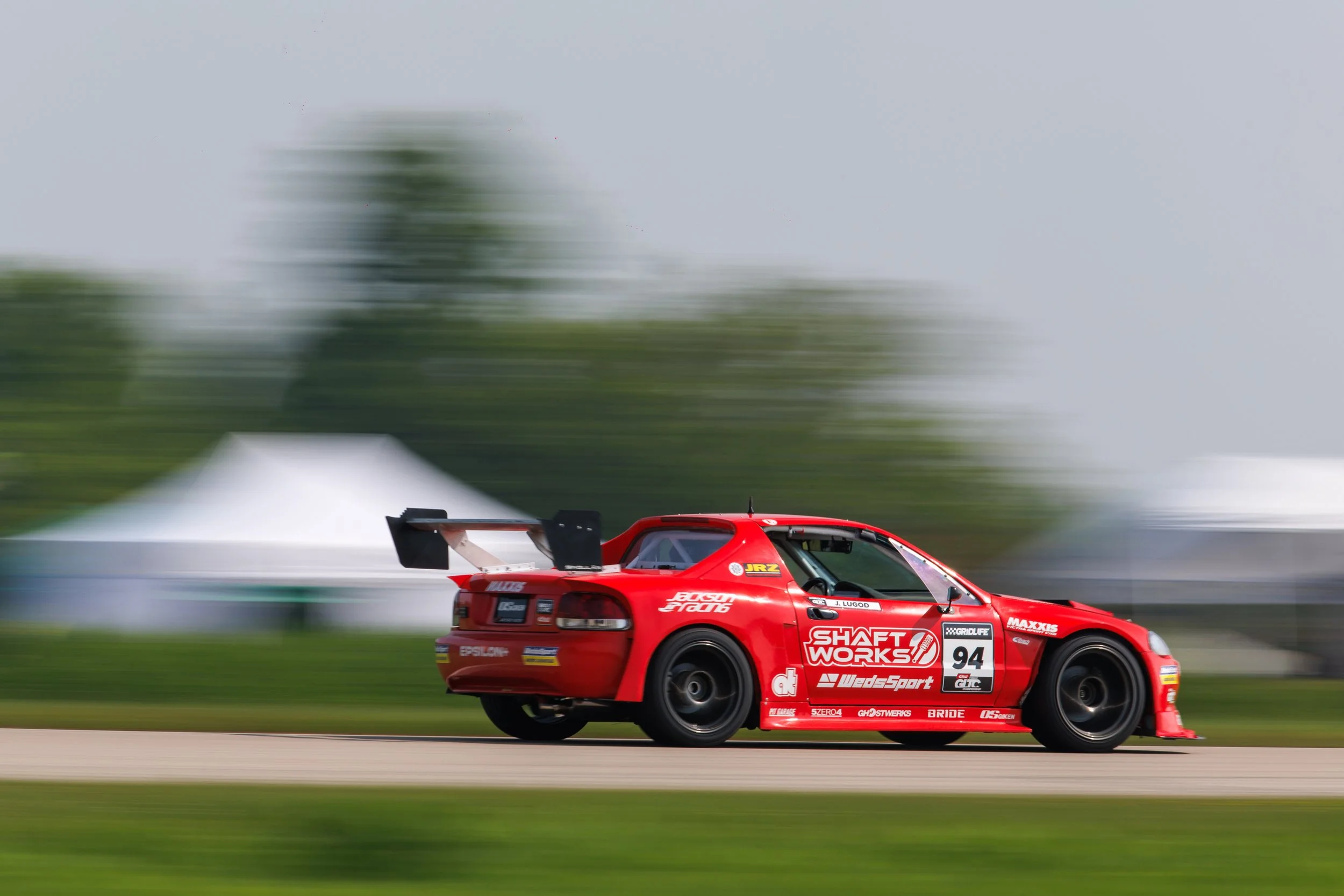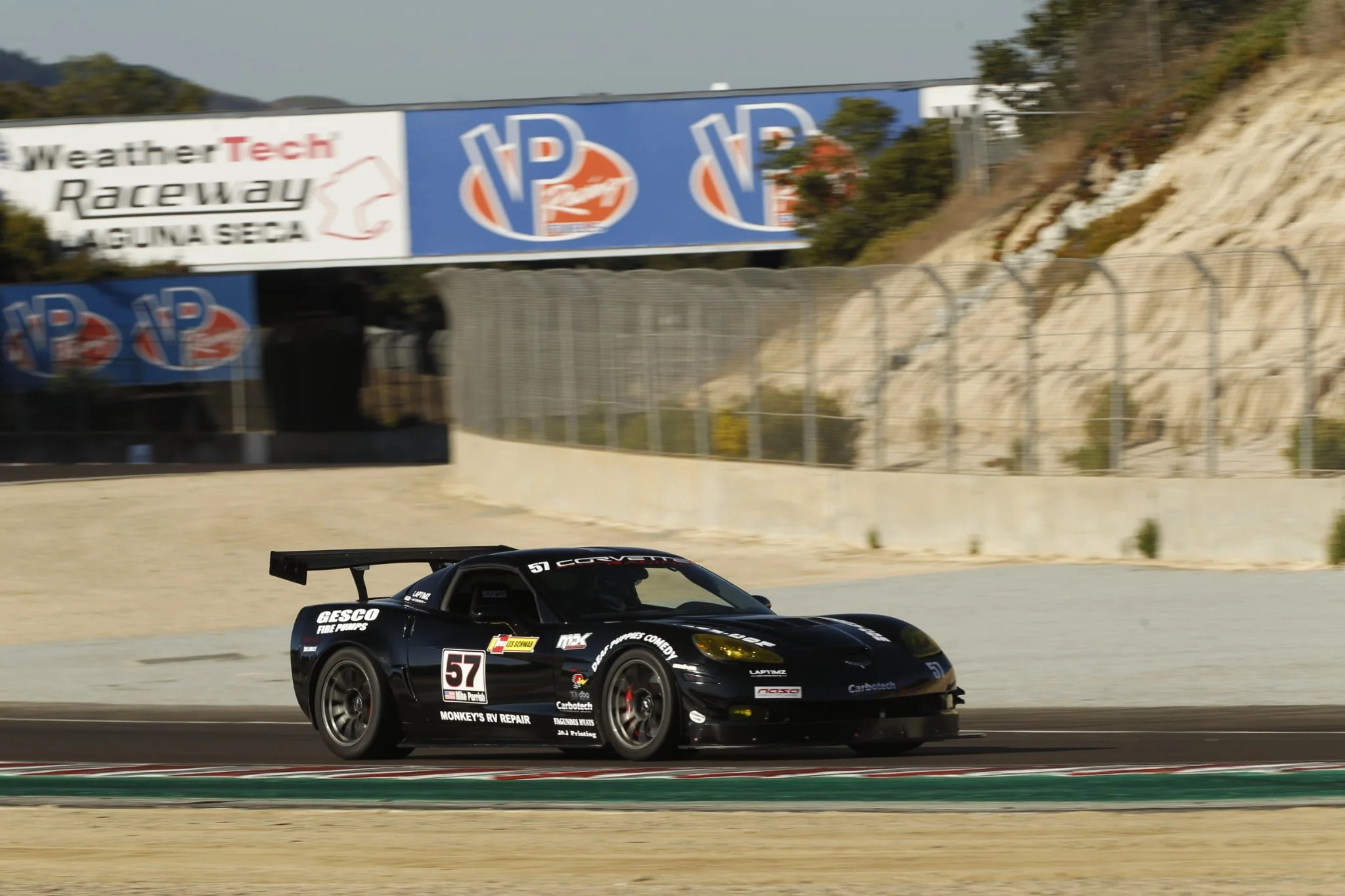
SpeedSF Blog
Every Build Has a Story – Meet the Cars of SpeedSF

Dimistry’s Honda Fit: Revitalizing the Family Heirloom
Following a quick fling with an S13, Dimistry inherited this once-crashed Honda Fit from his father. The Nissan soon lost its appeal and Dimistry traded it for a full K24 swap — making the Fit much more than a city car, but without sacrificing much of its renowned versatility.

Gary’s S15: This Silvia Stays
After importing a slew of Silvias and never getting too attached, Gary imported this rare Spec R with the intention of keeping it. It will be more than sentimentality that keeps him holding on, though; he hopes to stress test driveline components and build a line of stouter parts to appeal to the S-chassis fan who enjoys going fast as much as they do going sideways.

Bryan’s Foxbody: An Heirloom Worth Risking
After Bryan Rankin’s prefrontal cortex finally developed following his introduction to track driving on two wheels, he decided to hang up his helmet temporarily — as a commercial pilot, he already was taking plenty of risks. However, when this family heirloom Mustang found its way into his life a few years later, he decided to give track work another try. It’d be safer, anyways.

Tony’s S2000: In the Right Circles
Built from the ground up, this R-Crew-tuned Honda S2000’s strong points are its suspension, its brakes, and its chassis. Meager power doesn’t mean much to Tony Altwer, who knows that optimizing this car’s strengths matter far more than improving straightline speed.

Bimmerfest 2025: Redeemed from the Rain
With over 250 in attendance, 35 cars providing ridealongs, and multiple prizes available from Liqui Moly, our latest Bimmerfest at Sonoma Raceway went off without a hitch.

Jonathan’s Del Sol: Rotation on Demand
After years of tuning EGs and DC2s for autocross, Jonathan Lugod decided to build a dedicated track car using an uncommon chassis. The Del Sol shares of its parts with the aforementioned Hondas, but once caged, rotates like a CRX.

Mike’s C6: No Hanging the Helmet
After forty years on bikes, Mike and his wife made a compromise. As long as he transitioned into something safer, he'd keep going to the track. With this mildly tuned C6, he’s been able to enjoy a late-life racing renaissance.

Ricky’s FK8: Bitten by the Bug
Studious and patient, Ricky’s experience tracking the FK8 Civic Type R has been mostly hassle free due to his careful selection of parts at a very measured rate.

Hernan’s Corolla: The Right Side of the Strain-Satisfaction Spectrum
Fearing an FA24 failure and looking for a more family-friendly car, Hernan Ferraris picked up a GR Corolla and augmented his driving style to suit the front-biased hatch.
With a few modifications to address the car’s cooling issues, he’s gotten over his misgivings and gets real satisfaction — and minimal strain — from this livable, multifaceted machine.

Tom Tang’s M3: Race to the Clouds
From humble motorsports photographer to local racing celeb, Tom Tang has learned a great deal over his three decades in the biz. He’s put that knowledge into building this monster E46 M3 now making waves at Pikes Peak International Hillclimb.

Marcus’ Datsun 510: In His Blood
Using all his know-how from his fabrication business, Marcus Fry took an aging Datsun 510, swapped a series of motors into it, and attached enough homebuilt aero to fly a small plane with. The result is a 2,500-pound, 600-horsepower monster capable of lapping Sonoma in 1:42.

Hrag’s R8: Unspoiled by Soft Edges
Though hesitant to begin tracking a supercar, Hrax had already gotten used to the V8 which powered his Audi S5, and the R8 he had planned shared the same motor. With a few minor tweaks, he learned this soft-edged supercar can be sharpened to suit the track without scaring a relatively new driver.

Justin’s Trans Am: Party Animal
With a hope for a powerful head-turner with classic styling, Justin Hertel picked up this 1988 Trans Am and swapped an LSA motor into it. As he learned, big power comes with its setbacks.

Lex’s RX-8: Underdog Pride
Mazda’s unloved little brother got a chance to shine when Lex moved on from his turbocharged FC3S RX-7 and bought this lightly tuned RX-8 from Gordon Peng. The necessary mods were already in place, which served as a foundation for Lex to acquire easy seat time in this reliable rotary.

Sergey’s E46 M3: Stay Frugal and Avoid Rabbit Holes
After finding a Miata with the basic HPDE mods, Sergey Smirnov committed to improving his skills and avoided fussing around with upgrades. When it came time to get a new car, he followed the same approach with great results.

Spencer’s GT3: Scoping New Territory
Eager to track a Porsche but worried about the expense, Spencer Kimball had to consider if it was worth leaving his E92 M3 behind for a lightly used 991.1 GT3. As he learned, the process wasn’t nearly as painful as he worried it’d be.

Justin’s FC3S RX-7: Displaced Wankel
Justin Merritt’s desire to keep up with the Mustangs pushed him to ditch his FR-S for an LS1-swapped RX-7 in need of some TLC. With a little bit of work, he’s made the Mazda into a surprisingly approachable machine with plenty of untapped potential.

Miles’ BRZ: Holistic Approach
Fueled by a desire to rise above middling, Miles Kodama bought his BRZ, enrolled in the 86 Challenge, and did everything in his power — including a serious diet and exercise regimen — to become series champion.

Connor’s E36: Standing on Solid Ground
After transitioning into HPDE from autocross, Connor Lydon recognized how taking the next step into time trials would be made easier by starting with a sorted car.
This IP-winning E36 M3 came to Connor already proven, and with a little massaging as well as a few chassis mods, it’s been able to set remarkable times with a modest amount of power.

Brandon’s Alfa 4C: Inconspicuous Exotic
Tired of Spec Miata and needing to build an unusual track car, Brandon picked up this Alfa 4C and gave it all the chassis mods needed to help it shine on the road course.
